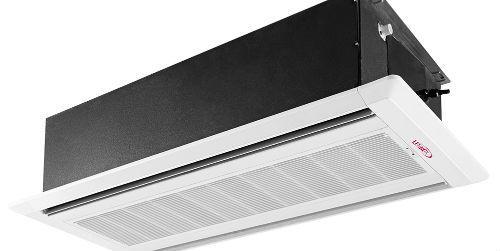 We continue with the development of this article that explains in detail all the features of VRF technology.
We continue with the development of this article that explains in detail all the features of VRF technology. by Lennox
In the first part published in the previous edition, the meaning of VRF, evolution of the system and some technical components were defined. We continue now to break down this technology that is increasingly taken into account for new projects.
Silent operation
The noise levels of outdoor VRF units are similar to those of indoor units of other HVAC systems. The noise levels of indoor VRF units often resemble a whisper. Many indoor units are so quiet that it is difficult to notice that they are in operation until the movement of the grilles is observed.
Extensive zoning
With heat recovery systems it is possible to carry out a high control of each zone. Users can control the temperature in their own environment by providing cooling or heating when and where required. Each indoor unit controls its own environment by detecting the return air temperature and the consequent control of the built-in electronic expansion valve. This provides a high level of comfort to the user. This is an excellent solution for buildings with variable loads and different zones. It is ideal for hotels, schools and office buildings where different users want to have control over the temperature of their respective areas.
Uniform temperatures in each zone
A low temperature fluctuation means that uniform temperatures are obtained in each zone. The capacity of the compressor is adjusted to the internal load demand capacity to achieve a uniform temperature in the space. This represents an improvement in comfort, compared to a conventional on/off system. Because the compressor capacity is adjusted to the internal load, the system works using less energy and on/off cycles, thus eliminating losses between cycles. By meeting the actual heating or cooling demand, there is less fluctuation in temperature in each individual zone.
Adaptable to different applications
VRF systems are modular, or scalable, when it comes to system capacity. It is possible to add multiple modules to meet the load capabilities of the design.
The modular versatility, the different capacities of the outdoor units and the multiple types of indoor air conditioning units, both ducted and ductless, make the VRF system an ideal solution for a wide range of applications. Different types and sizes of HVAC units provide design flexibility for different applications. Outdoor units can be installed on the ceiling, at ground level or in an equipment room with adequate air intake and discharge.
When space above the roof is very scarce, ductless indoor units are an excellent choice. The fact that there are no bulky ducts makes VRF systems ideal for numerous types of structures, including historic buildings. Refrigerant lines require much less space than ducts made of sheet metal.
Upfront costs vs. lifetime costs:
The initial costs of a VRF system, compared to the costs of a four-tube heating and cooling system, are similar. It is the maintenance costs incurred over the life of the system that are reflected in the budget.
Quarterly maintenance of a VRF system consists of cleaning the filters of the indoor unit, keeping the indoor and outdoor heat exchangers clean, and checking the condensation pumps and drains to make sure there are no leaks or obstructions. On the other hand, four-tube heating and cooling systems require water treatment, cooling tower maintenance, maintenance of water circulation pumps, maintenance of the central heating plant, in addition to a large number of motorized valves and control elements that require regular maintenance, not to mention the fact that indoor heat exchangers must be kept clean and the drains of condensation and pumps, if used.
Less invasive:
The small coolant pipe makes VRF systems less invasive to the structure. The coolant pipe is much smaller than the pipe or water duct. In a twenty-ton heating and cooling system the cross-sectional area of the water pipe is ten times larger than the coolant pipe. In a similar duct system, the cross-sectional area of the duct is two hundred and eighty-four times larger than the refrigerant pipe.
Not all VRF systems come in a ductless design, but in a ducted VRF system the individual zones are smaller, so they require smaller ducts. A smaller duct is easier to install in places where space is limited. As a rule, in a ten-story building you can gain an entire floor by using refrigerant pipes instead of ducts.
VRF systems require less space to move the same amount of capacity. Refrigerant pipes take up a hundred times less space than a duct system.
Energy efficiency:
A VRF system only uses the energy required to meet the requirements of the load. VRF systems are extremely efficient because they only use the energy needed to meet the internal load, especially in part-load operations. Depending on the application, most VRF systems operate at part load 60%-80% of the time.
In a VRF heat recovery system, waste heat generated by indoor units that are cooling areas of the building is used to provide heating capacity to other indoor units that are providing heat to different parts of the building, further increasing the efficiency of the system.
Efficiency is measured using four parameters: IEER, or integrated energy efficiency index; EER, or energy efficiency index; SCHE, or efficiency in simultaneous cooling and heating; and the POPs, or coefficient of performance. The use of these measurement criteria makes VRF systems generally highly efficient.
Other advantages:
In general, VRF systems are quite reliable. In fact, when installed correctly, they rarely have breakdowns. VRF systems transfer heat with coolant, not water, so no cooling towers or circulation pumps are required .
The outdoor VRF unit, or capacitor, can be installed in many places depending on the application. Outdoor units can be installed at ground level, on the ceiling, or almost anywhere between the two. VRF systems do not require an equipment room and this is possible to have more usable space. However, if an equipment room is required for the application, outdoor VRF units can be installed indoors.
The soft start of the compressor with inverter system eliminates the current starting current of the blocked rotor. A low minimum circuit ampacity (MCA) allows for a smaller cable that can represent substantial savings in large-scale projects with multiple systems. In refurbishment projects this may mean that the existing power supply will be sufficient for the VRF system. Refurbishments of four-tube systems may exceed the existing power supply.
Finally, outdoor VRF units can fit in a standard elevator which saves time and money. Traditional HVAC installations in hard-to-reach places like downtown Dallas require cranes and other heavy equipment and even close streets for several hours. An outdoor VRF unit weighs up to 600 pounds, although it needs fewer people to travel in a cargo elevator, the corresponding safety precautions must always be respected.
Design conditions:
Many elements come into play when designing a VRF system. One of them is the design of the space, how is the space going to be used, what types of indoor and outdoor units are going to be used? How will the refrigerant pipes and condensation pipe be arranged? The thermal comfort of the occupants, the limitations of the area and the reliability must also be taken into account.
The use given to a building is an important factor in deciding whether a VRF system is the most suitable option. Buildings with many small areas benefit from a VRF system.
Part-load conditions are those in which VRF systems stand out the most. Because the compressor only provides the capacity needed to meet demand, the system only uses the necessary energy. When the load is low, the energy use is also low. As more indoor units require cooling, the compressor increases speed to meet demand.
Loads in a building can vary significantly. For example, in winter most of a building has a heating load. However, some areas such as cafeteria and kitchen areas almost always have a cooling load due to the heat generated when preparing and serving food. Refrigerator ovens, refrigerators, and sideboards where food is displayed generate a lot of heat, even in the winter. A machine room can also have a cooling load most of the time, due to the equipment running inside. A VRF system can simultaneously supply heating and cooling, meeting the heating needs of the building's office space, while meeting the cooling demands of the kitchen and machine rooms.
Another important aspect is to determine what type of indoor units work best for the construction and for the occupants. Is there duct space in the building? Will the occupants share a common space, such as a waiting room? Do occupants need to have their own temperature control? Are wall mount or ceiling units better for this case?
When designing the refrigerant pipe network you must take into account how you are going to distribute the pipe. What obstacles, such as structural beams, exist inside the building? How are you going to work around it? Each curvature or elbow of the system pipe has an equivalent length factor that must be taken into account in the pipe length parameters. Excessively large curvatures and elbows can affect system performance. It is necessary to be careful when determining which route is to be followed.
Design diversity
Diversity allows the total capacity of the indoor unit to be greater than the total capacity of the outdoor unit. Usually, a diversity of 130% can be applied to a building. This means that indoor units can have a connectable capacity of 130% above the outdoor capacity. This does not mean that the outdoor unit will operate at 130%, 100% is the maximum capacity at which the outdoor unit can operate. True diversity means that not all indoor units will operate in a particular mode at any given time, the internal load changes during the day, so the capacity of the outdoor unit can be modified to fit the requirements of each indoor unit.
As the solar loads in the building shift throughout the day, a VRF system can change to fit that load by providing the capacity each zone needs.
Because occupant loads change throughout the day, a VRF heat recovery system can modify the ability to adjust to the load.
How is the distribution of the building? Is there a core that needs different cooling than the outside of the building?
Regional and industry standards:
Are VRF systems capable of complying with ASHRAE standards? Yes of course! Regional, state, and industry standards are a critical factor in any CVAC system, and VRF systems are no exception. In fact, ASHRAE standards apply to the building as a whole, not just the HVAC system. VRF heat recovery and heat pump systems can be designed in accordance with regional, state and industry standards and codes.
ASHRAE Standard 15 sets out the measures necessary to protect life, limb, health and property and prescribes the safety requirements to be followed in the design, construction, verification and inspection of cooling systems.
ASHRAE Standard 34 classifies refrigerants according to their level of toxicity and flammability, and establishes acceptable levels of refrigerant concentration within a space. This rule causes a lot of confusion. VRF systems and the buildings that house them can be designed to ensure occupant safety and comply with this standard.
ASHRAE Standard 62 provides guidance on the fresh air ventilation requirements that an occupied building must meetii.
Conclusion
VRF technology combines several indoor HVAC units with a single outdoor condensing unit that circulates the refrigerant, cooling medium and heating. Lennox's VRF system continuously adjusts capacity by continuously altering compressor speed, based on the demand of each indoor unit, decreasing energy consumption and reducing utility bills. Each indoor unit operates at a preset temperature value, and indoor units connected to a single heat recovery system can operate simultaneously in both heating mode and cooling mode, as required. This zoning flexibility is ideal for providing optimal comfort in a wide variety of commercial spaces, such as offices, hotels, health units, multifamily structures, commercial premises, education centers and restaurants, among others.
The innovative technology, unique design and discreet installation of the system within the walls of the building give engineers, contractors and owners flexibility in design, while at the same time allowing them to maximize energy savings.
A VRF system can be the ideal solution for many heating and cooling applications. Let the experts at Lennox VRF work with you to find the VRF solution that best fits your building's needs. Lennox's VRF system, which features a full line of heat recovery units, heat pump and ductless indoor units, as well as centralized and local controllers, could be the right system for you.











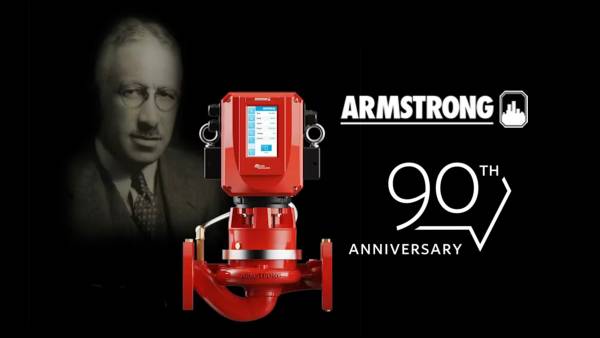
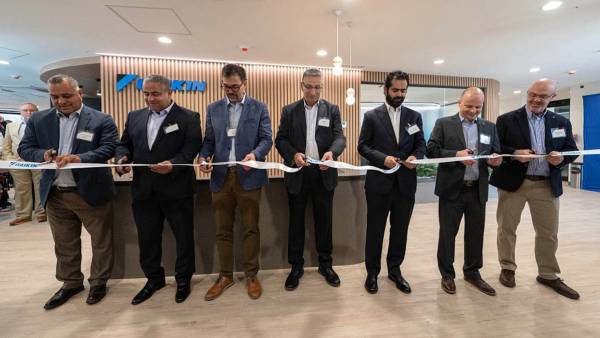
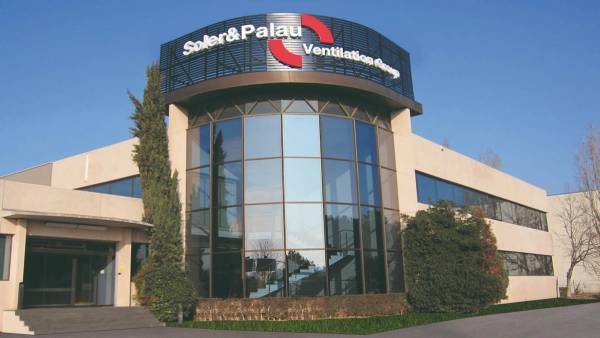

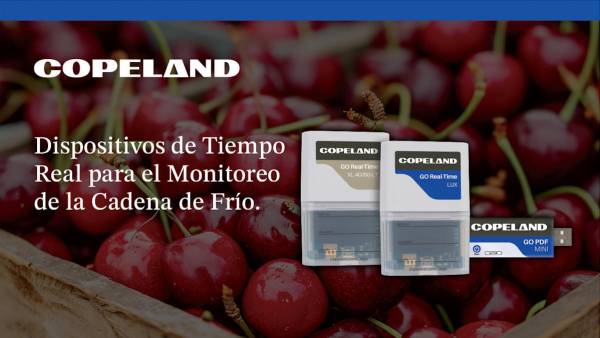
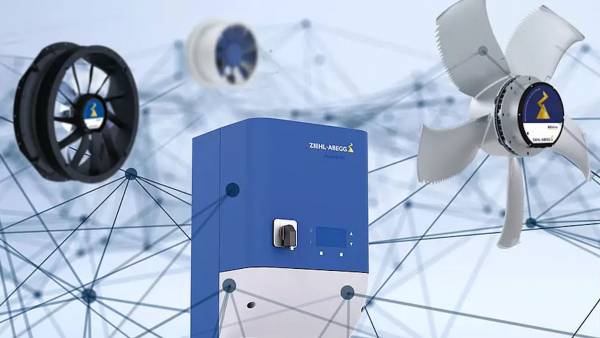
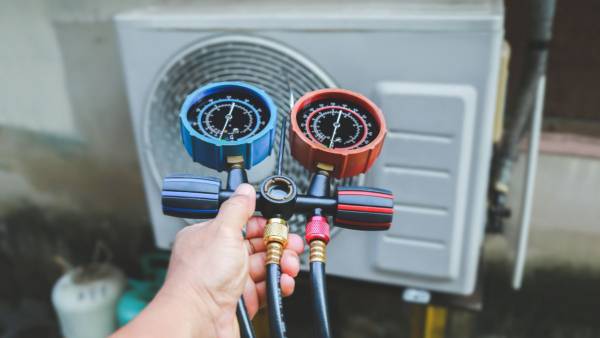







Leave your comment